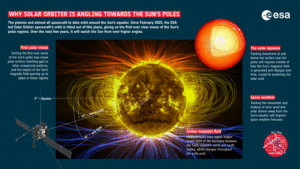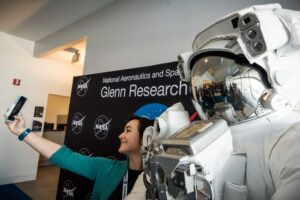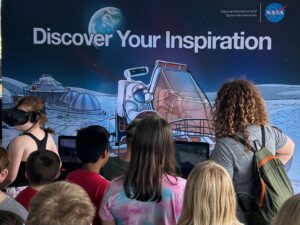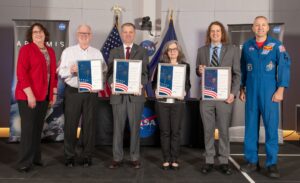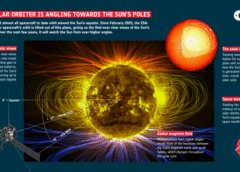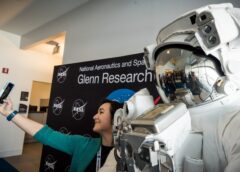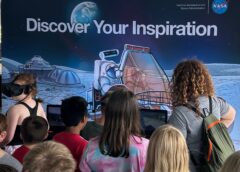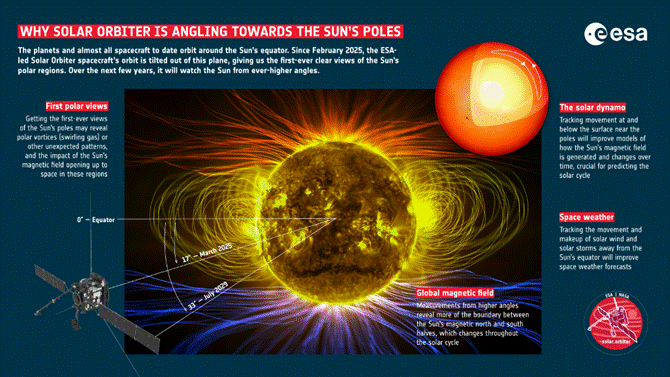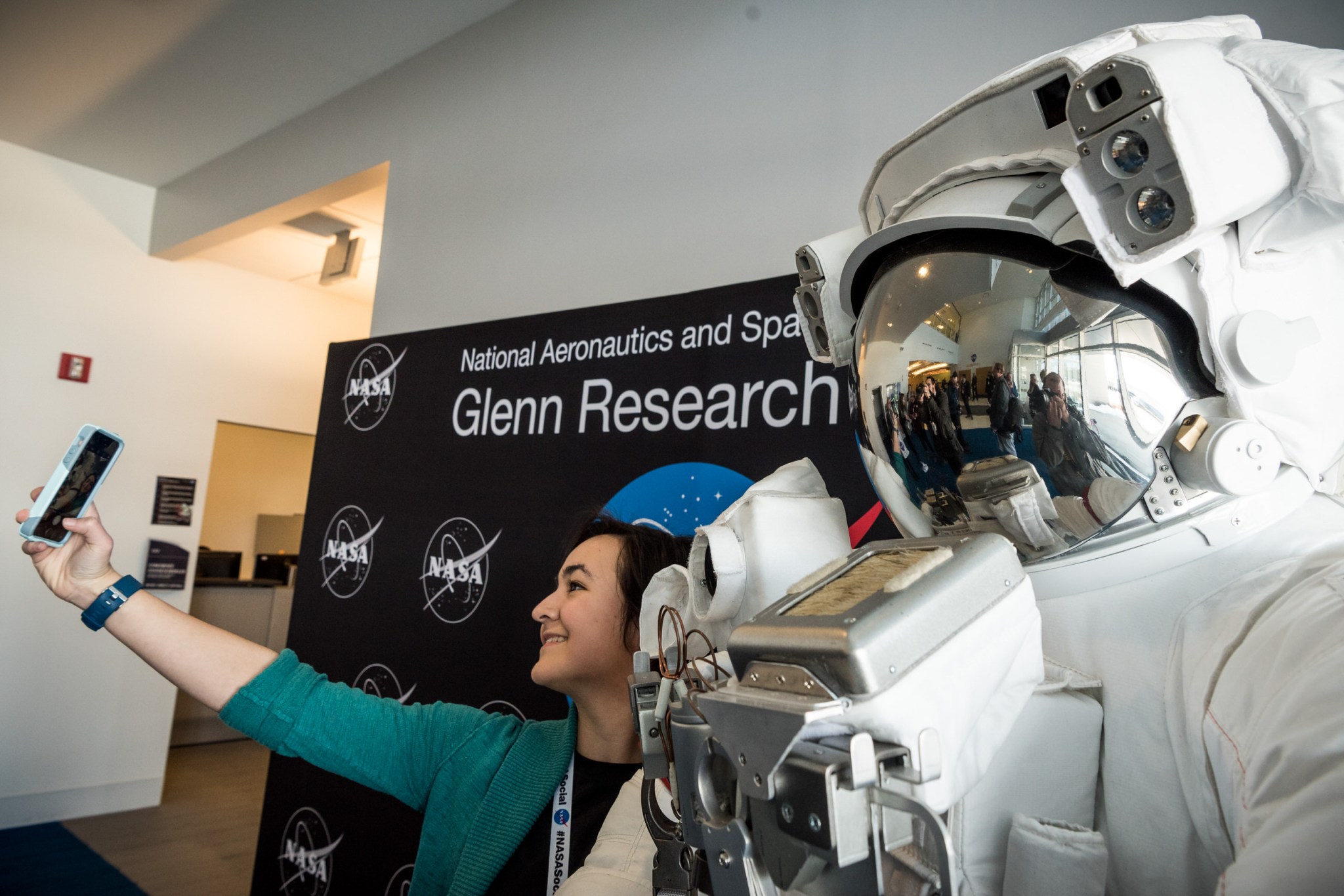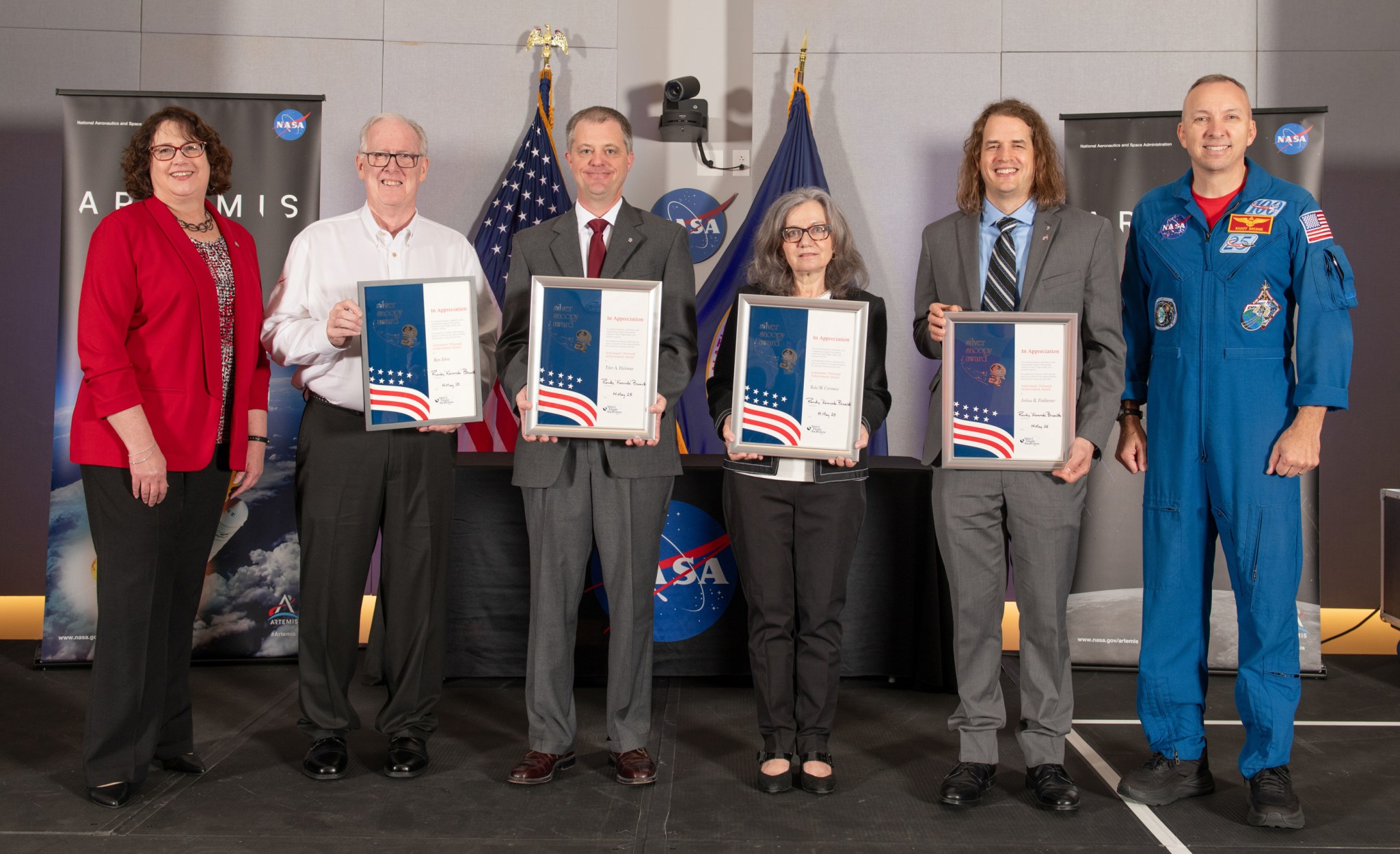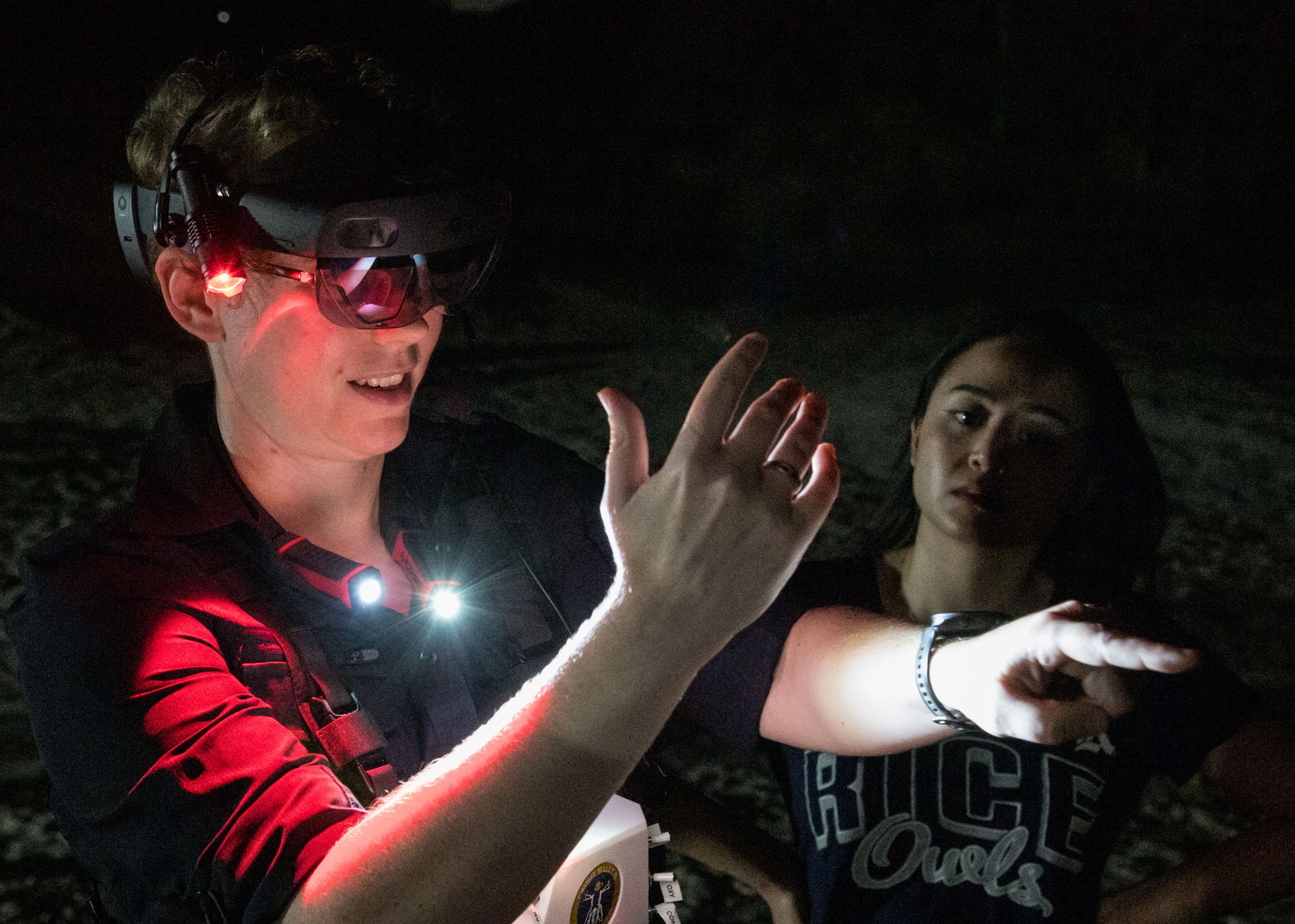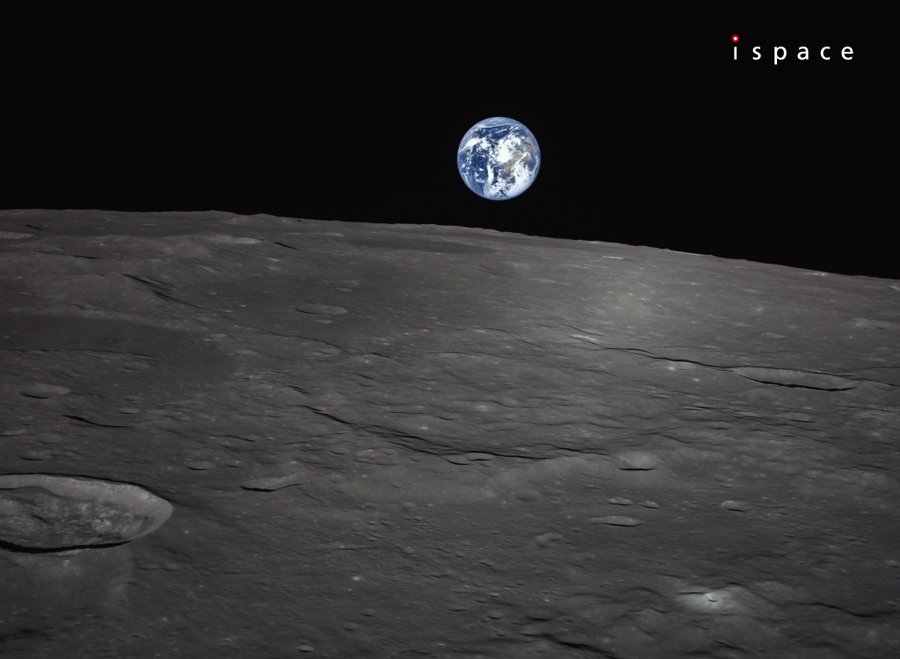The European Space Agency’s Solar Orbiter has captured humanity’s first-ever images of the sun’s poles. If this doesn’t seem like a big deal, consider that every image you have ever seen of the sun was taken from around our star’s equator. That is because Earth, the other solar system planets, and all other modern spacecraft orbit the sun in a flat disc around it called the “ecliptic plane.” This European Space Agency (ESA) sun-orbiting mission has done things a little differently, however, tilting its orbit out of that plane. This…
Read More‘We’re out of time.’ Watch Apple TV+’s thrilling new ‘Foundation’ Season 3 trailer (video)
Foundation — Season 3 Official Trailer | Apple TV+ – YouTube Watch On “The Mule is here. We’re out of time.” When we’re talking about all-consuming intergalactic epics transporting viewers to a universe of breathtaking dimensions, it’s tough to top “Foundation,” Apple TV+’s prestige sci-fi series based on the seminal works of Isaac Asimov and starring the Emmy-nominated Jared Harris and Lee Pace, plus acclaimed actress Lou Llobell. A stunning new trailer has just been unwrapped today for “Foundation” Season 3 which launches July 11 with the premiere episode of…
Read MoreFewer Feeds, More Focus: NASA’s Social Media Overhaul
In today’s crowded digital landscape, cutting through the noise is paramount for any organization trying to connect with its audience. Recognizing this, NASA has embarked on a significant initiative to streamline its extensive social media presence, aiming to create a more unified and impactful digital voice for its groundbreaking work. The National Aeronautics and Space Act of 1958 tasked NASA with providing the “widest practicable and appropriate dissemination of information concerning its activities and the results thereof.” The 2025 social media consolidation project is designed to fulfill this mandate more…
Read MoreNASA Glenn Pitches Science Demonstrations at Lake Erie Crushers Game
A group of students huddle around two of their classmates using virtual reality headsets to get an up-close view of a rocket during Education Day with the Lake Erie Crushers on Thursday, May 15, 2025. Credit: NASA/Chris Hartenstine NASA’s Glenn Research Center headed to the ballpark for Education Day with the Lake Erie Crushers on May 15. NASA Glenn staff showcased the science of NASA using portable wind tunnel demonstrations, virtual reality simulations, and other interactives inspired by NASA’s Artemis missions. NASA Glenn Research Center engineers Heath Reising, far left,…
Read MoreNASA Glenn Employees Recognized by Astronaut Corps
Presenters and NASA Glenn Research Center’s Silver Snoopy Award recipients at the center on Wednesday, May 14, 2025. Left to right: Deputy Center Director Dawn Schaible, Ron Johns, Joshua Finkbeiner, Rula Coroneos, Tyler Hickman, and astronaut Randy Bresnik. Credit: NASA/Sara Lowthian-Hanna Four of NASA Glenn Research Center’s employees have received the coveted NASA Silver Snoopy Award. This award, overseen by NASA’s Space Flight Awareness program, is a special honor given to NASA employees and contractors for their outstanding achievements related to flight safety and mission success. It is the astronauts’…
Read MoreLooking for a last-minute Father’s Day gift? These Bushnell binoculars are brilliant value with this $60 price cut
The Bushnell Trophy XLT binoculars are some of the best budget binoculars around, and in this binocular deal, they’re just 97 cents off their lowest-ever price. So if you’re on the hunt for a last-minute Father’s Day gift, you can pick these up now at either Adorama, Amazon or Walmart for just $45.97, which is $60 off the MSRP of $105.97. Get the Bushnell 10x42mm Trophy XLT Binoculars in time for Father’s Day for just $45.97 at Amazon. However, if you’re shopping specifically for Father’s Day, only Amazon guarantees pre-Father’s…
Read MoreHigh Above the World
Astronaut Franklin R. Chang-Diaz works with a grapple fixture during a June 2002 spacewalk – the first spacewalk of the STS-111 mission.
Read MoreNASA Student Challenge Prepares Future Designers for Lunar Missions
4 Min Read NASA Student Challenge Prepares Future Designers for Lunar Missions At NASA’s Johnson Space Center in Houston, the next generation of lunar explorers and engineers are already hard at work. Some started with sketchbooks and others worked with computer-aided design files, but all had a vision of how design could thrive in extreme environments.Thanks to NASA’s Student Design Challenge, Spacesuit User Interface Technologies for Students (SUITS), those visions are finding their way into real mission technologies. NASA’s Spacesuit User Interface Technologies for Students (SUITS) teams test their augmented…
Read MoreCrashed lander looks back at Earth from the moon | Space photo of the day for June 10, 2025
Resilience, a lunar lander built and operated by the Japanese company ispace, was part of the Hakuto-R Mission to deploy a “Moonhouse,” a tiny colorful art piece, on the moon, while also exploring its surface features using its Tenacious rover. What is it? After launching on Jan. 15 from Florida’s Space Coast on Hakuto-R Mission 2, ispace’s Resilience lander arrived in lunar orbit on May 6. The lander then deftly shifted its path to an orbit just 62 miles (100 kilometers) above the moon’s surface. On May 27, Resilience took…
Read MoreWe’re halfway between the April 2024 and August 2026 total solar eclipses: Here’s why we’re excited
There may be no total solar eclipse this year, but June 10, 2025, is a landmark event of sorts for eclipse chasers worldwide — the halfway point between the last and the next totalities. It’s 429 days — just over 14 months — since April 8, 2024’s “Great American Eclipse” across North America and 429 days until the next total solar eclipse on August 12, 2026, over Greenland, Iceland and Spain. Related: Eclipse at sea: Best cruises for the total solar eclipse 2026 You may like Looking back on 2024…
Read More